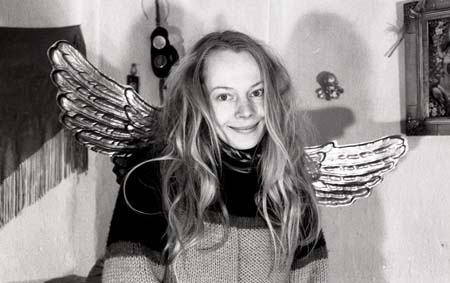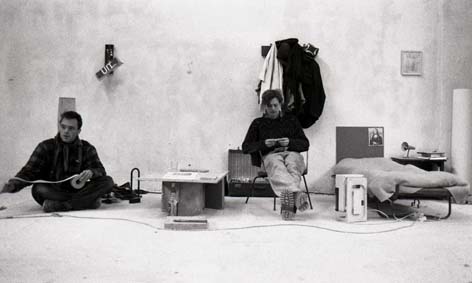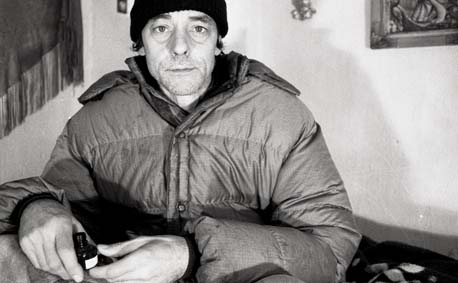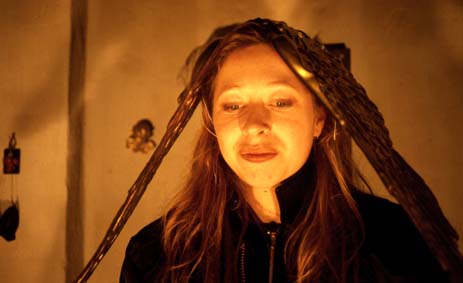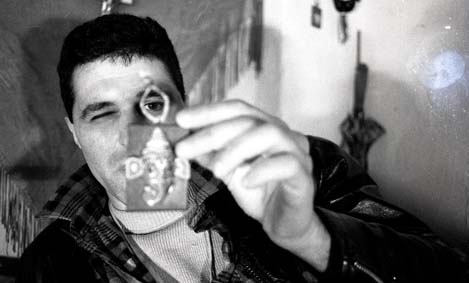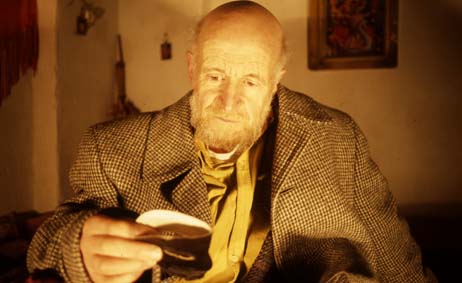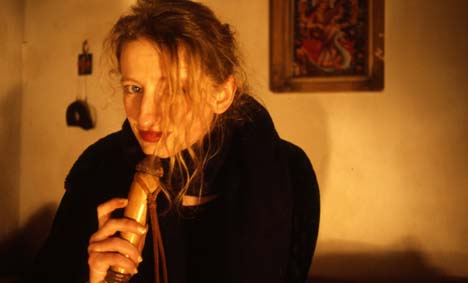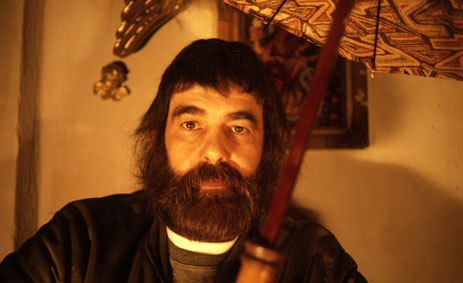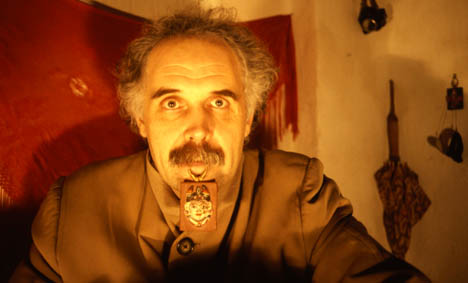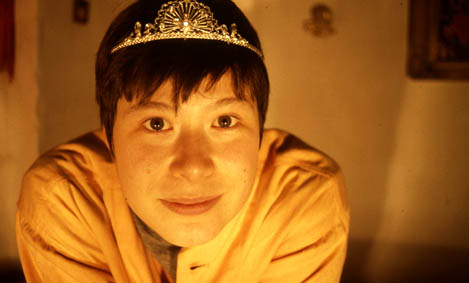During the first lockdown in The Netherlands in 2020, I finally had time to browse through my analogue photo archive. Many memories popped up, most of them long forgotten. Here are some photographs and a story about the late artist Ulay and a bunch of freezing art students, dating back to 1991.
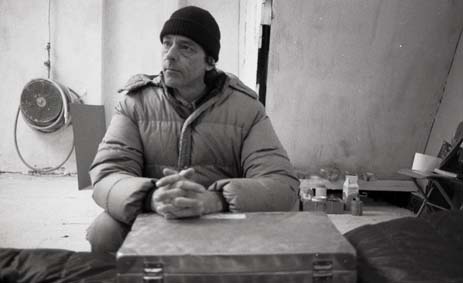
When Ulay came to the Rietveld Academy as a guest teacher in 1991, there was a buzz in the air. He wanted to do a workshop/performance in the gallery space of W139 and his proposal was to stay together inside the galley space, locked up, for 7 days in a row. The participants were not allowed to go out, to escape, or to have contact with the outside world. About ten art students agreed to join the project. It was, as I remember it, a very cold week in February. Minus 10 degrees outside, and about 0 degrees inside. A gas heater did its best to warm up the huge space, but we were constantly freezing.
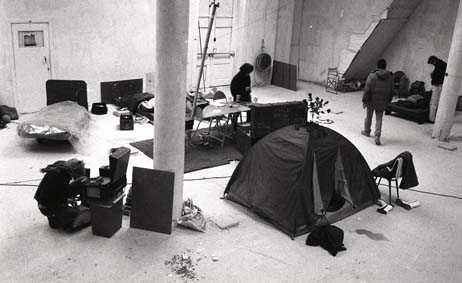
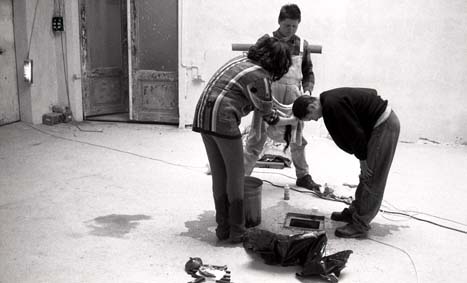
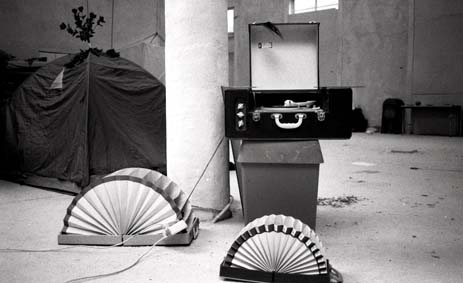
I had a camera with me, and I think I’m the only one who documented this week. Mostly we were hanging out around the gas heater, smoking hand rolled cigarettes.
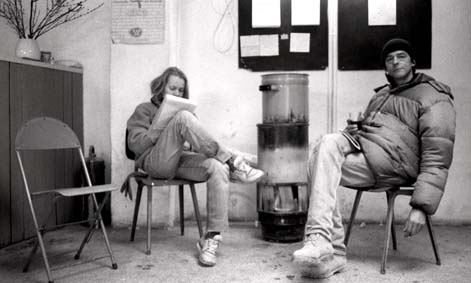
We made time go. It was like a capsule, shut off from the outside world. In 1991, there were no cell phones or internet around. A radio was our only connection with the world. IRA dropped a bomb somewhere on Irland. The Gulfwar continued. Remote news reached us, but not really. There was also a pretty chicken living with us. And it was staying in my bed. I’m not sure, but the chicken might have belonged to Ad de Jong, who was also living in W139 at the time, but more permanently I think.
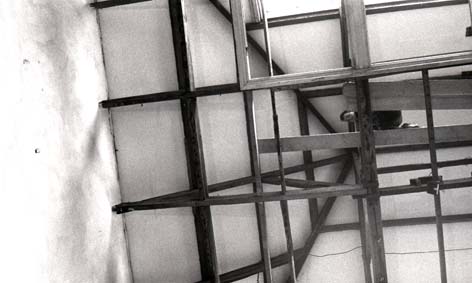
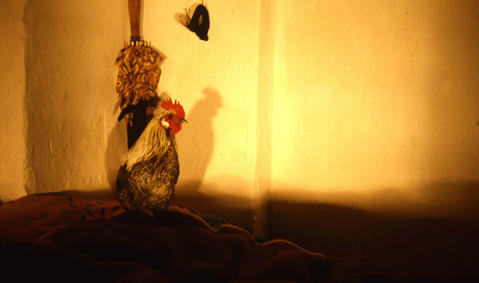
On the opening night a week later, a lot of people showed up. They were fresh, clean and had make-up on and smelled like perfume. We were the opposite of all that. I remember the feeling of people coming in with expectations, wondering when the ‘show’ was going to start. But we didn’t have anything to show, apart from our unmade beds in the gallery space. I felt a bit uneasy, I think we all did. But then I decided to make the best out of it, and I asked the audience to choose one of the objects in my corner and take a pose for a portrait photograph. That was, in my bed. I was never much of a portrait photographer, but I do think some of the portraits that I took that night are pretty intriguing and funny.
Two visiting artists from the U.K joined us for this project, Gareth James and Dean Brannagan, but how they were connected to Ulay, or to us, was not really clear to me. Someone had beforehand proposed a project title; Centrale 4 In Transit, and there was a poster hanging in the window announcing the project dates.

I’ll write down the text on the poster, it’s an excerpt from ‘Communities of resistance, Writings on Black Struggles for Socialism’, written by A. Sivanandan in the 80’s I think. A reflection as relevant then, as it is today.
‘For apart from everything else, these – the refugees, migrants and asylum-seekers, the flotsam and jetsam of latter-day imperialism – are the new under-class of Capitalism. It is they who perform the dirty jobs in the ever expanding service sector, who constitute the casual, ad-hoc, temporary, workers in computerized manufacture, who provide agribusiness with manual farm labor. They are the invisible workers in the service industries, serving in the up-front kitchens of McDonalds, as porters and cleaners in hospitals and shops, as waiters and pertol pump attendants, security guards and night watchers, servants and slaves. They are the peripheral workers in manufacture, peripheral in the manufacturing sense too, because modern production processes do not require a permanent workforce, but a functionally flexible workforce, which can adjust to changes in the market.’
But what was the relationship between the poster, our poster, for our project, and Ulay…? Or us being locked up in the gallery space for a week? I have no idea. Ulay was a bit mysterious about the whole thing I think, he didn’t want to explain anything. Just experiment a bit.
